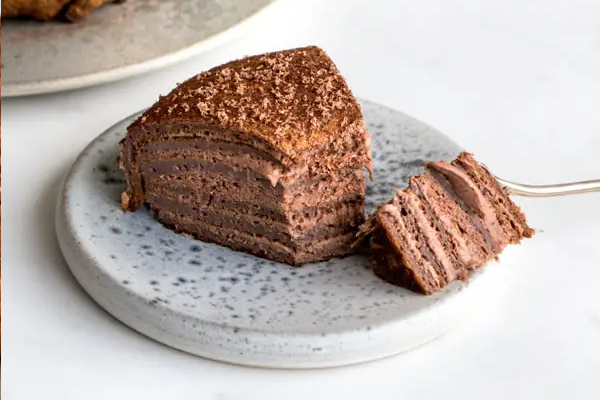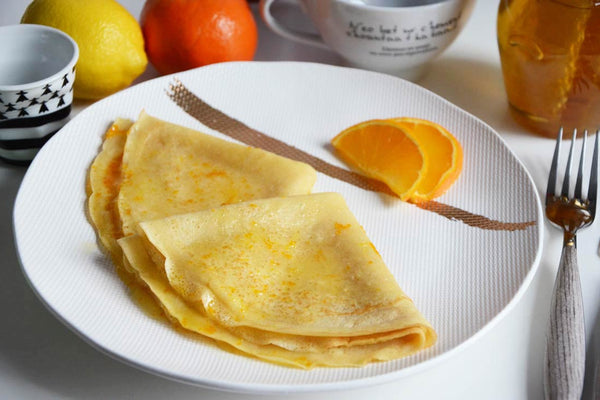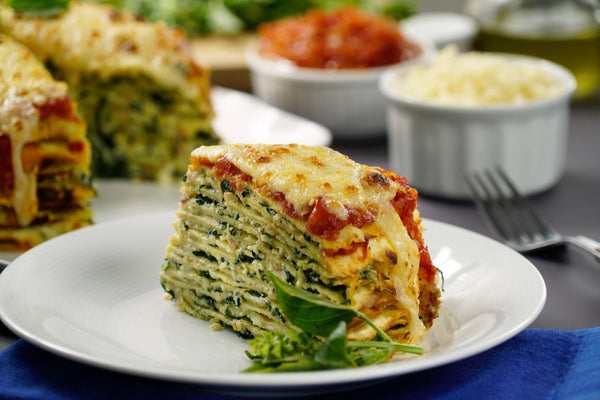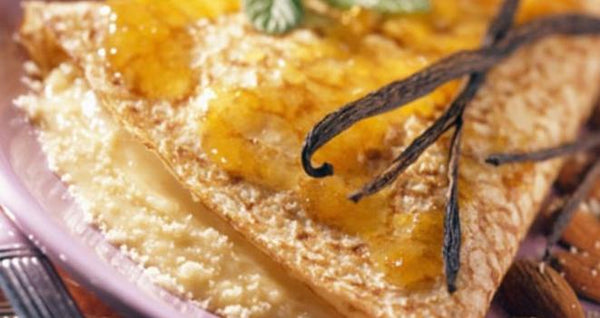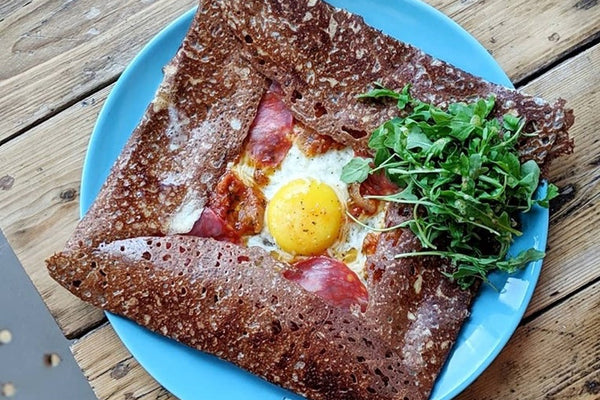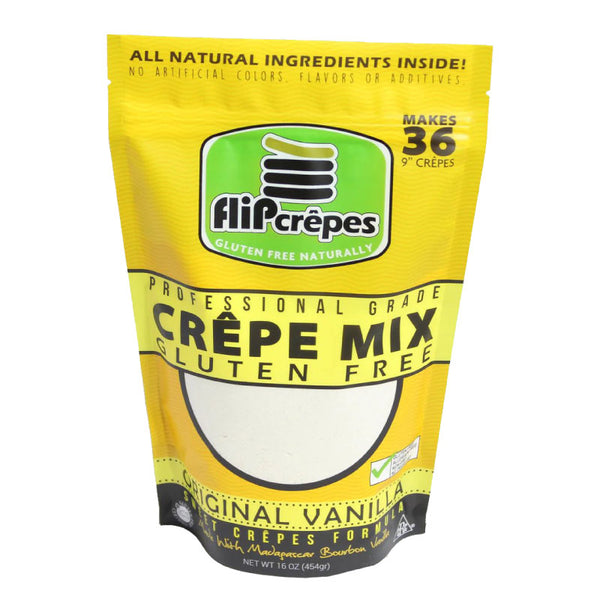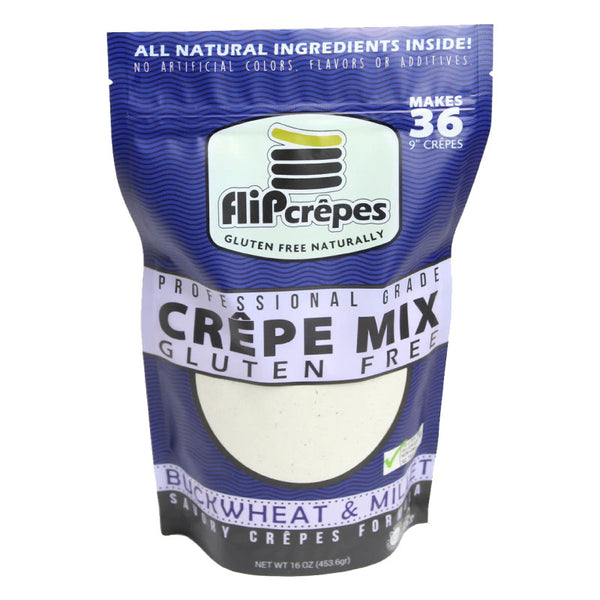Are lumps ruining your crêpe-making experience? Don't worry, we're here to help! In this comprehensive guide, we'll delve into the scientific reasons behind lump formation in crêpe batter and share expert techniques to achieve a silky smooth consistency. Say au revoir to lumpy crêpes and bonjour to culinary perfection!
Understanding the Science behind Lumps
Lumps in crêpe batter can be attributed to various factors, with gluten playing a significant role. When wheat flour comes into contact with liquid, proteins called glutenin and gliadin combine to form gluten. While gluten is desirable for some baked goods, it can contribute to lump formation in crêpe batter.
If you are using a gluten-free crêpe mix, you are obviously not going to have as much of a problem, but lumpy formation could still occur and there we still recommend using the 'Equal Measure Method' in addition to the other techniques listed below.
Hydration and Protein Interaction:
When liquid is added to the flour, water molecules interact with gluten proteins and other components, causing them to hydrate. This hydration process leads to the absorption of water by gluten proteins, resulting in a sticky and elastic mass. Inconsistent hydration can cause lumps or clumps in the batter.
Insufficient Mixing:
Lumps can also form if the dry ingredients are not thoroughly mixed with the liquid. Insufficient mixing prevents the even distribution of liquid throughout the batter, leading to clumps of hydrated gluten proteins.
The Equal Measure Method
Your Key to Lump-Free Batter:
The equal measure method, also known as the equal weight method, is an effective technique to avoid lumps in crêpe batter. By adding an equal weight of liquid to the dry ingredients, you can achieve proper hydration and a smooth consistency.
Implementing the equal measure method is simple. Use a kitchen scale to accurately measure the weight of dry ingredients. Gradually incorporate an equal weight of liquid, such as milk, into the mixture while whisking continuously. This technique promotes even distribution of liquid, resulting in a homogeneous batter.
Additional Techniques for Lump-Free Batter
-
Sift the flour: Before adding flour to the batter, sift it through a fine-mesh sieve. This step breaks up any clumps or lumps present in the flour, ensuring a smoother batter.
-
Gradually add the liquid: Start by adding a small amount of liquid to the dry ingredients and whisk vigorously to create a thick paste-like consistency. This prevents the formation of lumps.
-
Whisk continuously: While adding the liquid, whisk the batter continuously and vigorously. This motion breaks down any remaining lumps and ensures even incorporation of the liquid.
-
Incorporate the liquid in stages: Pour the liquid gradually in stages, whisking thoroughly after each addition. This technique provides better control and ensures smooth incorporation without clumps.
-
Rest the batter: Allow the batter to rest for at least 30 minutes after whisking. This resting period allows the flour to hydrate fully and any remaining lumps to dissolve. It also helps the gluten relax, resulting in tender crêpes.
-
Strain the batter: If any lumps persist after the resting period, strain the batter through a fine-mesh sieve or cheesecloth-lined strainer. This step removes any remaining lumps or impurities, ensuring a perfectly smooth batter.
With the right techniques, achieving a lump-free crêpe batter is well within your grasp. By understanding the scientific reasons behind lump formation and implementing methods like the equal measure technique, you can create silky smooth batter for perfect crêpes every time. Say goodbye to lumps and elevate your crêpe-making skills to a new level of culinary excellence.
Happy cooking! :)
